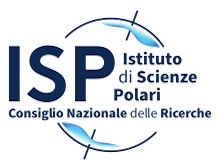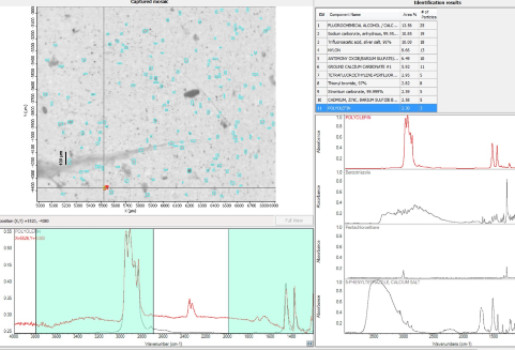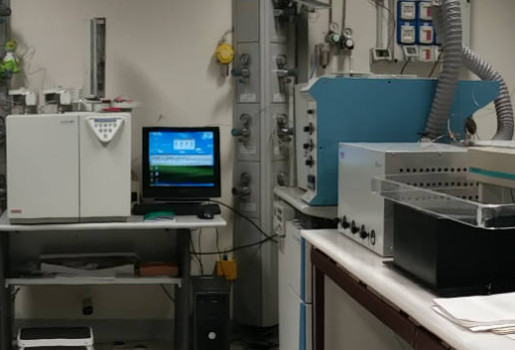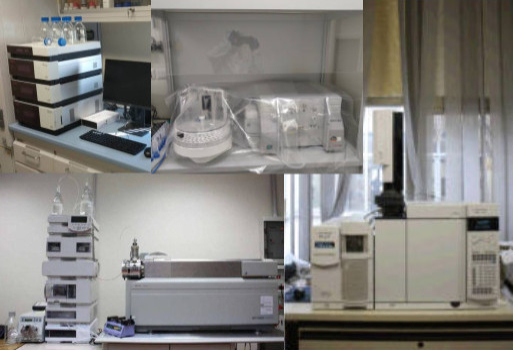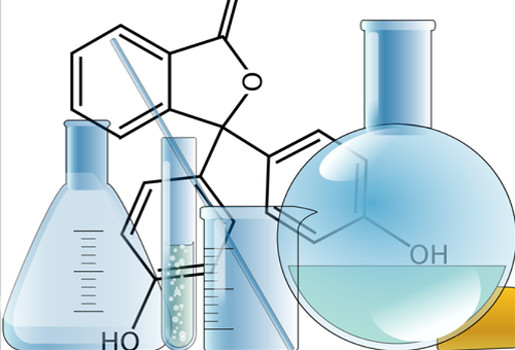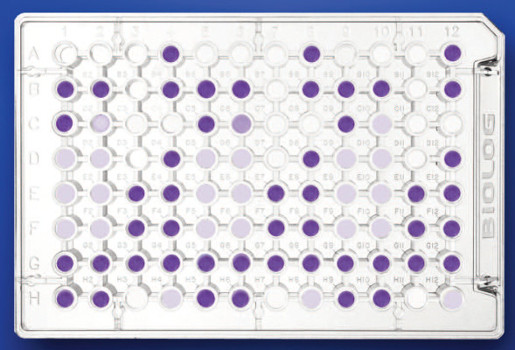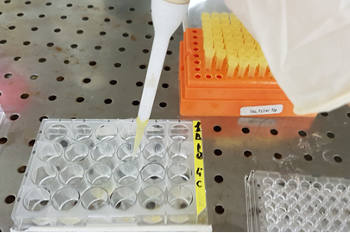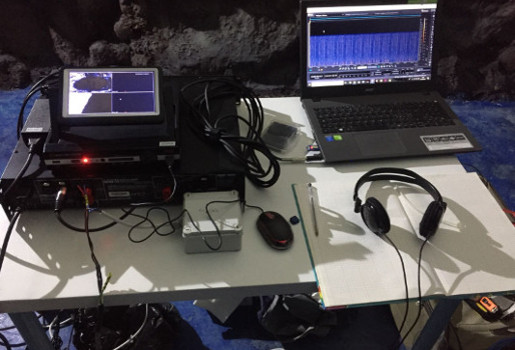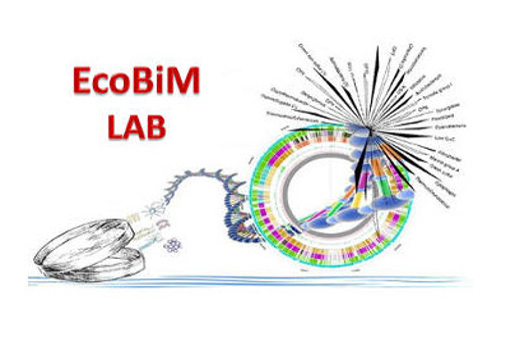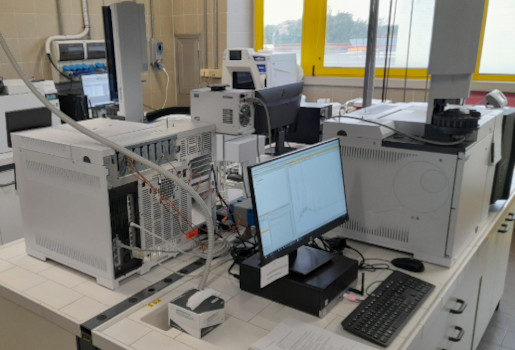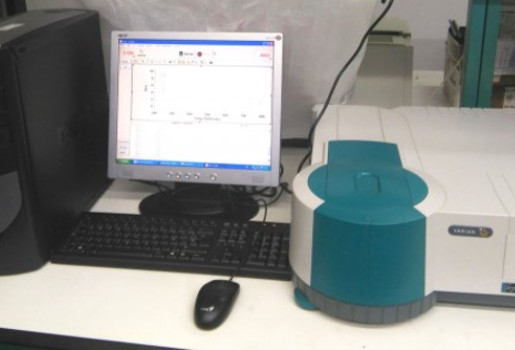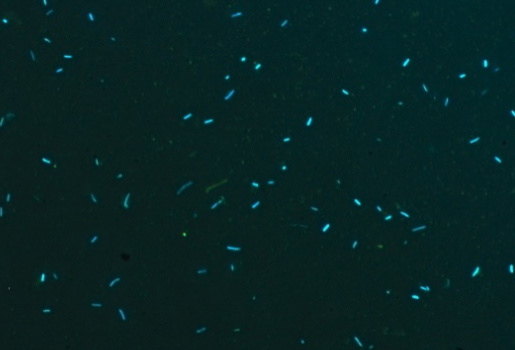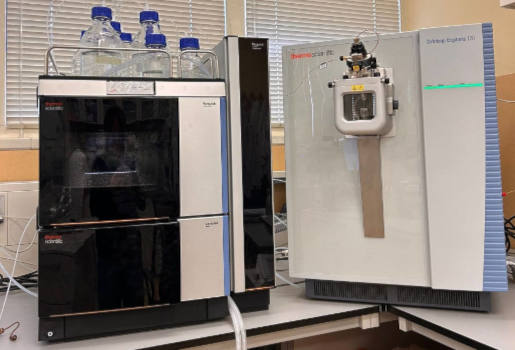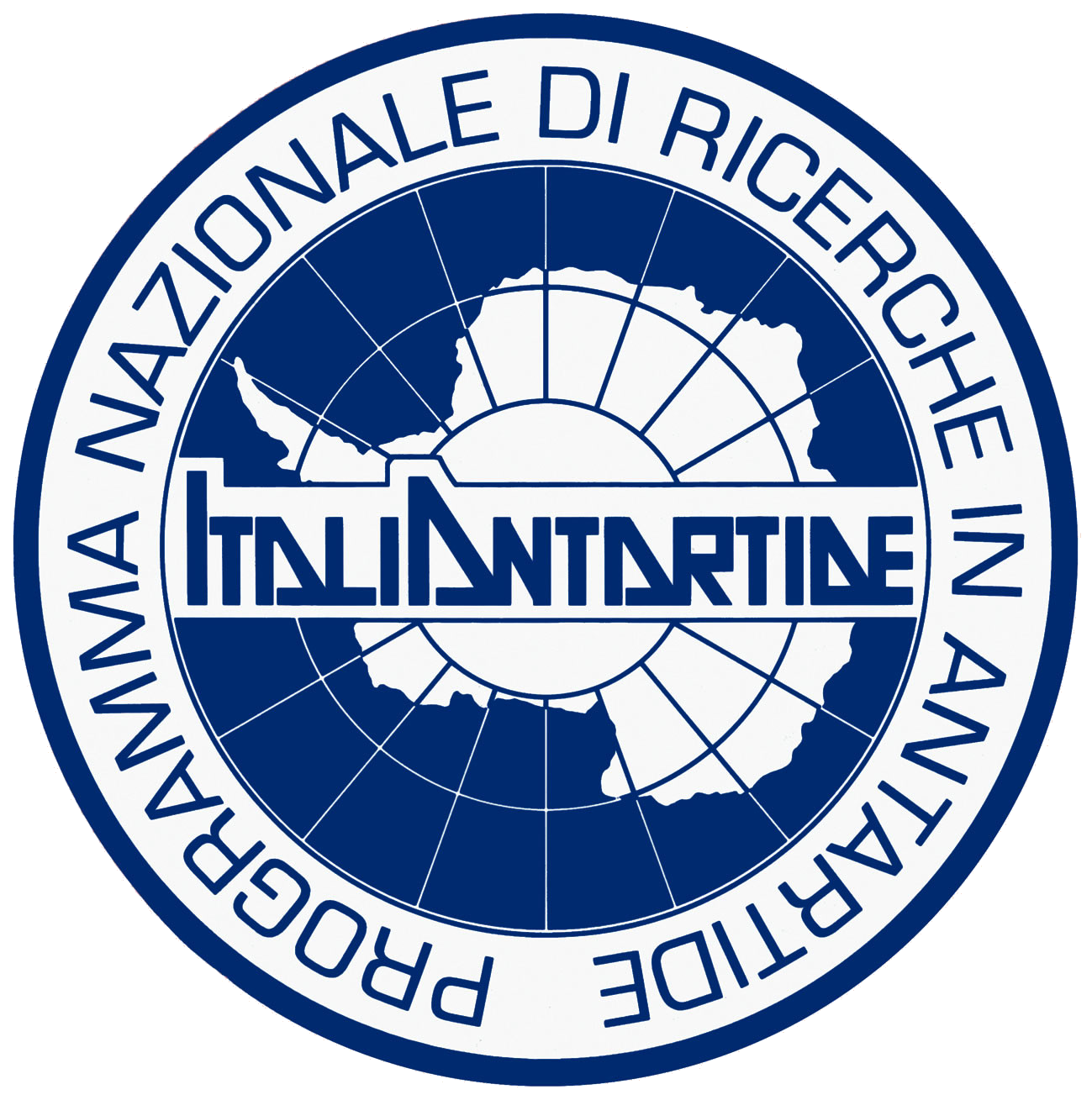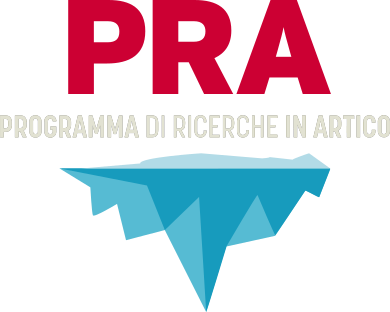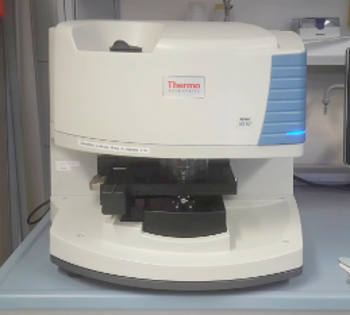
Brief description
Microplastics are considered emerging pollutants and they are present in different environmental compartments (e.g. seawater, soil, atmosphere, etc.). In 2019 the European Chemical Agency has clearly defined microplastics and their sizes: “a material composed of solid polymer-containing particles, to which additives or other substances may have been added, with particle dimensions ranging from 1 nm to 5 mm and with fiber lengths ranging from 3 nm to 15 mm and length to diameter ratio of >3. ECHA has also firmly stated the need of polymer identification when analyzing microplastics. Microplastics can be primary and secondary, according to their sources; sources of primary microplastics are discharges from household washing machines, road dust, tire wear and cosmetics. Particles and fibers of plastics can be vector of other pollutants and pathogens. An accurate quantification and characterization of microplastics allow evaluating the environmental risk assessment and designing future actions of environmental management and recovery.
Instrument
Micro-FTIR Nicolet™ iN™10 Infrared Microscope Thermo Scientific, it couples optic microscopy with IR spectroscopy. Two different detectors are present: DTG (Deuturate Triglycine sulfate) detector enables room temperature analysis, and MCT (Mercury Cadmium Telluride ) detector works with liquid nitrogen and allows the analysis of samples down to 10 µm. Samples can be analyzed on transmittance mode, reflectance mode and ATR mode.
Matrix and type of measurement
Non-destructive analysis of microplastics in different environmental samples (seawater, sediments, soil, permafrost, aerosol, snow, raw and treated water, discharges from household washing machines, etc.) and in different biota (crustaceans, mollusks, fish, etc.). Micro-FTIR allows quantification and simultaneous polymer identification of plastic particles and fibers and of additives, plasticizers. and other synthetic and natural fibers. It can be employed for analysis of microplastics, but also for analysis of microfossils, artistic handiworks, etc.
Contact person: Dr. Fabiana Corami - fabiana.corami AT cnr.it - CNR-ISP Venice headquarters
